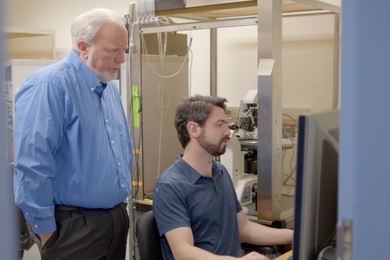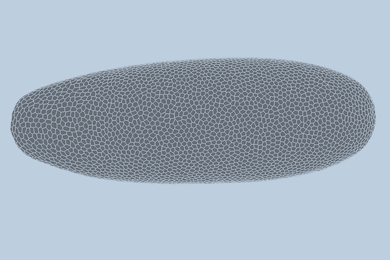Lincoln Laboratory researchers discovered an asteroid that passed just 75,000 miles from Earth last month.
On June 17, the Lincoln Laboratory Near Earth Asteroid Research (LINEAR) program in Socorro, N.M., discovered the asteroid. By tracking the asteroid, astronomers were able to estimate its size (150 to 300 feet in diameter), speed (23,000 mph) and orbit, and found that on June 14, it had passed within 75,000 miles of Earth.
Asteroids in such close proximity to Earth generally raise public concern about the likelihood of a collision. An asteroid exploding in the skies over Tunguska, Siberia, leveled nearly 800 square miles of forest on June 30, 1908.
"Impacts that cause regional destruction like Tunguska and the Barringer crater near Flagstaff, Ariz., occur every few hundred years," said Grant Stokes, LINEAR's program manager and associate division head of the aerospace division at Lincoln Lab. Asteroids of about 100 meters in diameter pass within 250,000 miles of Earth about 50 times a year, he added.
A version of this article appeared in MIT Tech Talk on July 17, 2002.





